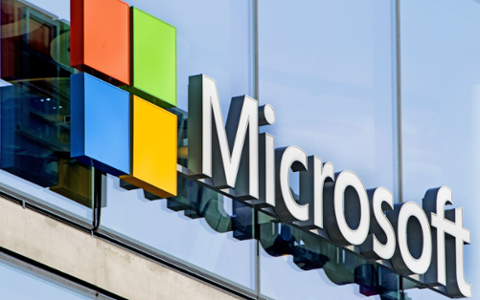At this year’s BUILD developer conference, Microsoft announced a native ARM64 version of Visual Studio 2022. That’s a big deal for developers who work in Microsoft’s ecosystem. In addition, Microsoft is working on an ARM-based developer device (named ‘Project Volterra’) alongside Qualcomm.
A decade ago, Microsoft first experimented with Windows on ARM-based devices such as the original Surface tablet. That initiative was a miserable failure, largely because Microsoft didn’t figure out how to efficiently port legacy apps that ran on Intel-based devices to the ARM architecture. Over the next several years, however, Microsoft kept pouring resources into the project; today, a range of ARM-based laptops and convertibles (i.e., laptops that convert into tablets) run Windows, and Windows apps built for x86/Intel processors can effectively run on ARM.
On the consumer front, ARM-based devices offer some notable advantages, including rapid boot and energy efficiency. Although ARM is only a small percentage of the overall Windows ecosystem at the moment, Microsoft obviously wants that to increase; as announced at BUILD, the components in the ARM-native toolchain include:
- Full Visual Studio 2022 & VSCode
- Visual C++
- Modern .NET 6 and Java
- Classic .NET Framework
- Windows Terminal
- WSL and WSA for running Linux and Android apps
In a corporate blog posting, Microsoft also claims it will help “many open-source projects natively target Arm including Python, Node, git, LLVM, and more.” Previews of those aforementioned tools will supposedly begin within the next few weeks.
As Ars Technica helpfully points out, this isn’t the first time Microsoft has attempted to encourage more developers to build ARM-native apps and services. In 2021, it offered up a $219 box with a Qualcomm 7c processor and 4GB of RAM, but those specs might have limited developers’ ability to build out truly powerful, envelope-pushing ARM apps.
This wasn’t Microsoft’s only BUILD announcement, of course. For example, the company announced that Windows 11 will begin to support third-party widgets. But if ARM gets more popular (for example, if a Microsoft manufacturing partner releases an ARM device that sells really well), these ARM-native tools could become extremely valuable to a wide range of developers out there.



